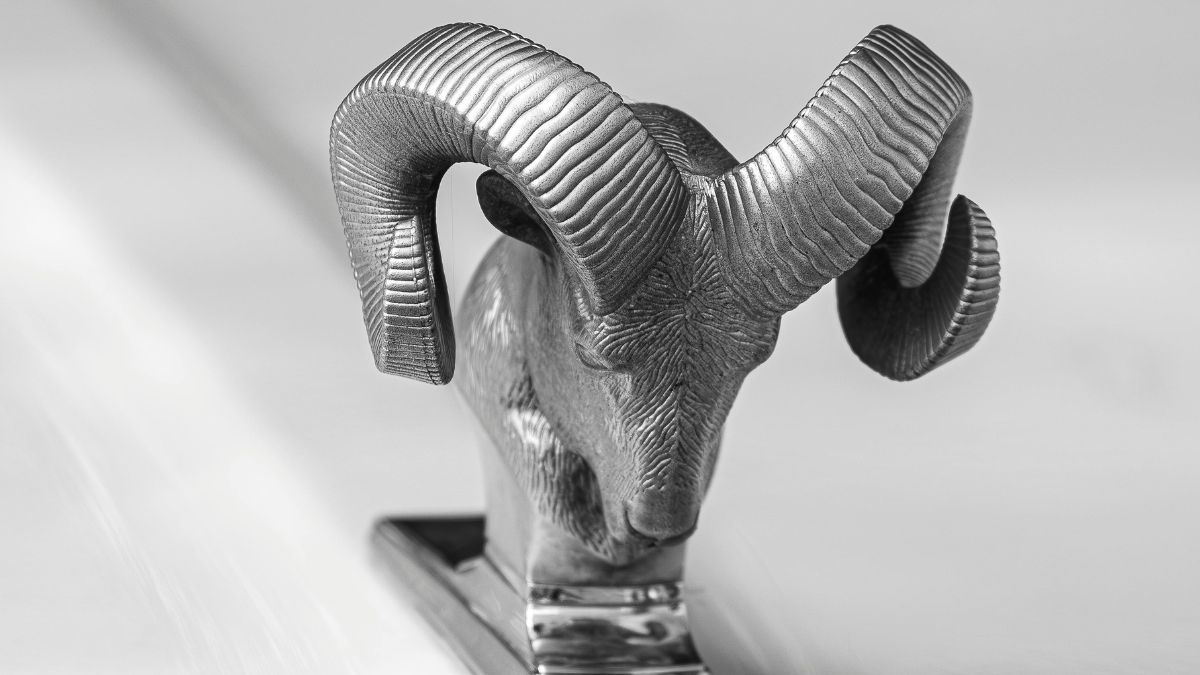Introduction to Metal Art
Metal art is a captivating fusion of creativity and craftsmanship that transforms discarded materials into stunning sculptures. Artists around the world are embracing scrap metal, breathing new life into forgotten pieces and turning them into striking works of art. Each creation tells its own story, reflecting not only the artist’s vision but also the history embedded in every piece of scrap.
Imagine walking through an outdoor gallery where towering sculptures twist towards the sky or whimsical creatures made from gears and bolts surprise you at every turn. This vibrant form of expression invites viewers to pause, reflect, and appreciate what can emerge from remnants often overlooked in our everyday lives. The journey from raw material to artistic masterpiece is both fascinating and inspiring.
Join us as we explore the intricacies behind metal art creation—the inspiration that drives artists, the techniques they employ, and how this movement contributes to environmental sustainability. Discover why more people are falling in love with these unique creations that celebrate beauty found within imperfection.
The Inspiration Behind Using Scrap Metal
Scrap metal has a story to tell. Each piece carries its own history, often evoking nostalgia and memories from the past. Artists are inspired by this rich tapestry of experiences.
The texture and color variations in scrap metal speak volumes. From rusted iron to shiny aluminum, every fragment can evoke different emotions and ideas. This diversity allows artists to explore their creativity without limits.
Many creators also find inspiration in sustainability. Using discarded materials transforms waste into art, breathing new life into forgotten objects. It’s a powerful statement against consumerism and excess.
Moreover, the challenge of working with unconventional materials sparks innovation. Artists experiment with shapes and forms that traditional mediums may not allow, pushing boundaries further than ever before.
In essence, scrap metal becomes more than mere material; it evolves into a medium filled with potential waiting for an artist’s touch.
The Process of Transforming Scrap into Artistic Masterpieces
Transforming scrap metal into art begins with a vision. Artists often start by envisioning the final piece. They sketch ideas, considering shape and form.
Next comes sourcing materials. Scrap yards become treasure troves of possibilities, filled with discarded items waiting for new life. Each piece tells its own story, offering unique textures and colors.
Once the materials are gathered, it’s time to cut and shape them. Tools like plasma cutters or torches come into play here. Precision is essential as each part must fit together flawlessly.
Welding follows, binding pieces into a cohesive structure. This step requires skill; every weld must be strong yet seamless to maintain the artistic flow.
Artists polish their work or apply finishes that enhance beauty while protecting against corrosion. The transformation from raw scrap to stunning sculpture is complete—a testament to creativity and craftsmanship in metal art.
Popular Techniques and Tools Used in Metal Art Creation
Metal art creation is an intricate dance of technique and creativity. Artists often begin by welding, which fuses pieces together with heat. This method allows for robust and durable sculptures.
Another popular technique is cutting, where artists use plasma or oxy-fuel torches to shape scrap metal into stunning designs. Precision in this step can significantly impact the final piece.
Bending metal using mechanical tools gives sculptors unique curves and forms. Tools like hammers and anvils play a crucial role here, enabling artisans to manipulate materials effortlessly.
Patina application adds color and texture to sculptures, enhancing their visual appeal. By chemically treating the surface, artists create beautiful variations that tell a story.
Polishing techniques bring out the shine in metals like stainless steel or copper, making artworks radiate under light. Each method contributes uniquely to crafting captivating metal art masterpieces.
The Growing Popularity of Metal Art in the Modern World
Metal art has surged in popularity, captivating audiences worldwide. Its unique blend of creativity and craftsmanship resonates with contemporary tastes.
People are drawn to the distinctiveness that metal sculptures offer. Each piece tells a story, often reflecting personal experiences or societal themes. This narrative aspect adds depth to its aesthetic appeal.
Social media platforms have propelled this trend further. Artists share their creations with global communities, sparking inspiration and collaboration. The visuals of intricate metalwork catch eyes, leading to increased interest in acquiring such pieces for homes and public spaces.
Galleries now feature more metal art exhibitions as collectors seek innovative works that challenge traditional forms. Events celebrating handmade crafts also highlight talented artisans who breathe life into discarded materials.
As sustainability becomes crucial in modern society, metal art stands out as an eco-friendly option—transforming waste into stunning displays while promoting awareness about recycling and environmental responsibility.
Impact on the Environment and Sustainable Practices in Metal Art
Metal art plays a fascinating role in environmental sustainability. Artists frequently utilize scrap metal, breathing new life into materials that would otherwise contribute to landfills.
By repurposing discarded items, metal artists reduce waste and promote recycling. Each sculpture tells a story of transformation, showcasing the beauty found in overlooked objects.
Sustainable practices are often at the core of metal art creation. Many artisans source their materials from local suppliers or salvage yards, minimizing transportation emissions and supporting community businesses.
Additionally, using recycled metals can significantly lower energy consumption compared to producing new materials. This eco-conscious approach not only preserves natural resources but also encourages others to think creatively about waste.
The growing appreciation for metal art reflects an increasing awareness of our environmental footprint. As more people embrace this artistic expression, they also support sustainable practices within their communities.
Conclusion: Embracing the Beauty and Creativity of Scrap Metal Sculptures
Scrap metal sculptures invite us to see beauty in the unconventional. Each piece tells a story, showcasing creativity born from discarded materials. The transformation of scrap into art serves as a reminder that nothing is truly worthless.
Artists bring their visions to life using ingenuity and skill. They find inspiration in everyday items, breathing new energy into what others may overlook. This approach not only sparks joy but also challenges our perceptions of value and aesthetics.
Moreover, these sculptures often reflect themes of nature, industry, or even social commentary. Through the jagged edges and polished surfaces, viewers experience a dialogue between past and present.
Embracing this art form encourages us to appreciate craftsmanship while promoting sustainability. It highlights how imagination can reshape our surroundings and evoke emotional responses through what was once deemed trash. Scrap metal becomes more than just remnants; it evolves into striking works of art filled with meaning.
FAQs
What is metal art?
Metal art refers to the creation of sculptures and installations using various types of metals, including scrap pieces. Artists transform these elements into intricate designs or representations that showcase creativity and craftsmanship.
How can I get started in metal art?
Begin by gathering tools such as welding equipment, metal shears, and grinders. Start small with projects that utilize manageable pieces. There are plenty of online tutorials and community workshops where you can learn essential techniques.
Is it expensive to create metal art?
The cost varies depending on the materials and tools used. Scrap metal often reduces expenses significantly since it’s recycled material. Investing in a good set of basic tools will also help keep costs down for beginners.
What are some popular themes in metal sculpture?
Common themes include nature, abstract forms, animals, and human figures. Many artists draw inspiration from their surroundings or personal experiences to convey deeper meanings through their work.
Can anyone appreciate metal art?
Absolutely! Metal art appeals to a broad audience due to its unique aesthetic qualities. Whether displayed indoors or outdoors, these sculptures invite admiration for both their beauty and the skill involved in creating them.
Are there exhibitions dedicated solely to metal artworks?
Yes! Various galleries worldwide host exhibitions focused exclusively on metal sculptures. These events provide an excellent platform for artists to showcase their talent while allowing visitors to see diverse interpretations of this medium.
How does one maintain outdoor metal sculptures?
Regular maintenance involves cleaning any rust spots promptly with appropriate treatments designed for metals. A protective coating may be applied periodically depending on environmental exposure to preserve the artwork’s integrity over time.
With so many captivating aspects surrounding the world of scrap-to-sculpture transformations within the realm of metal art, it’s clear why this creative outlet continues growing among enthusiasts everywhere.










